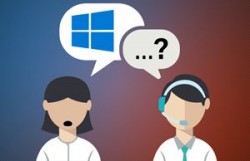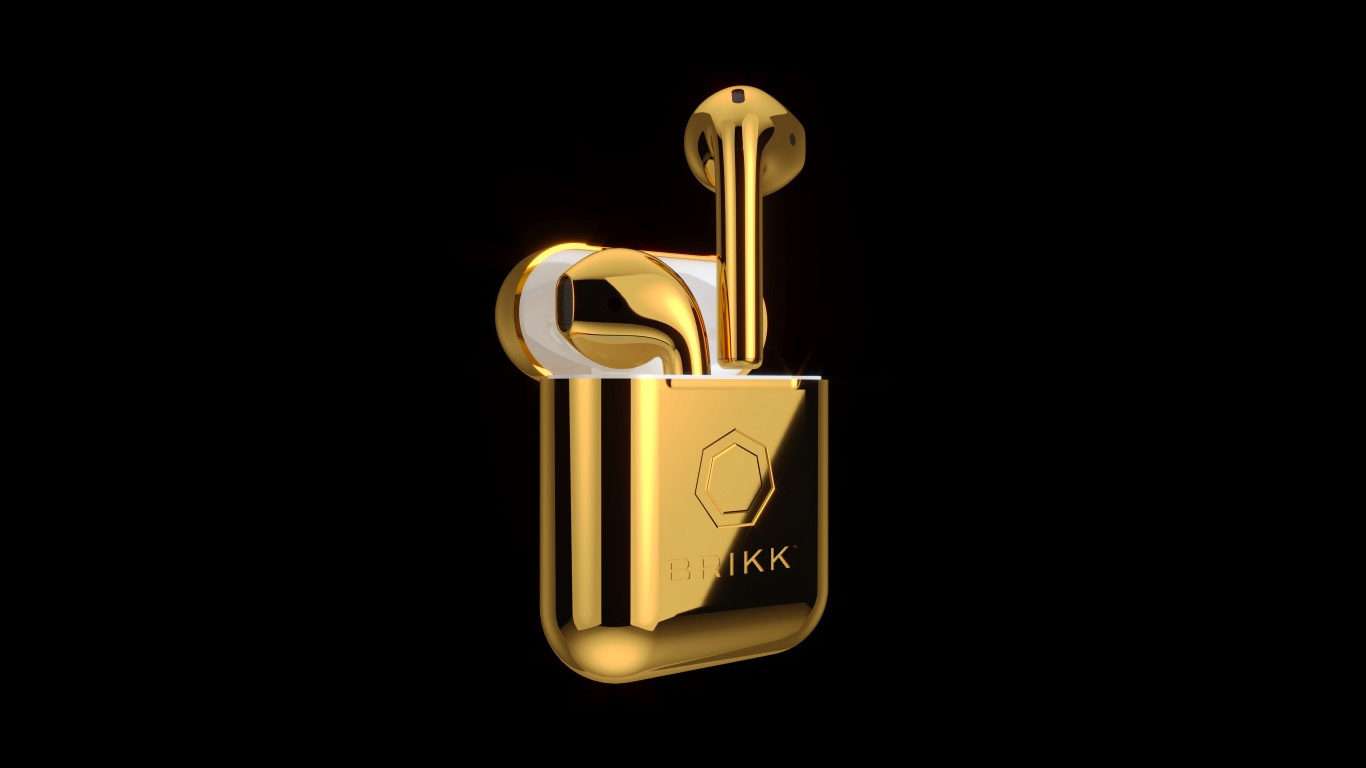PC Support Reps Tell Users to Uninstall Windows 10 (Exclusive)

Microsoft may be gung-ho about upgrading your PC to Windows 10, but some of the company's partners aren't quite as enthusiastic about the new OS, at least if you ask their tech-support reps. While going undercover for our annual Tech Support Showdown — in which we test each laptop vendor's phone, social and Web support — we spoke with several agents who either actively discouraged us from upgrading to Windows 10 or failed to understand core features of the new OS.
Phone-support reps from Dell and HP told us they discourage users from upgrading to Windows 10. An HP rep even tried to help us roll back to Windows 8.1 during one of our support calls. A Lenovo rep had nothing negative to say about Windows 10, but was confused about how Cortana works.

When we called Dell's support line and asked how to change the touchpad's scrolling direction on an Inspiron 15 5000 that we had upgraded to Windows 10, an agent named Jalvin told us the company is getting a ton of support calls from Windows 10 users. He recommended that we revert our notebook back to Windows 8.1, before transferring us to another rep. He told us, "there are a lot of glitches in Windows 10." Ironically, the answer to our question wasn't even Windows 10-specific. All we had to do was right-click the touchpad icon in the system tray and change a setting in the Dell control software, which is the same process as in Windows 7 or 8.
In a statement, Dell told us:
"As Windows 10 continues to evolve, we sometimes recommend a customer revert to their previous operating system to troubleshoot a specific issue they're having. In addition, we have a continuous feedback loop with Microsoft in which we share insight from our customers, like the one received from this particular call, to inform further updates to the OS and ensure Windows 10 reflects the experience our customers are seeking. We remain committed to Windows 10 and are ready to help our customers make the transition as easy as possible.”
We called HP to ask how to enable its CoolSense utility, which controls a notebook's temperature, on a Pavilion x360 that we had upgraded to Windows 10. Though the company offered the software as a Windows 10 download on the product-support page for our laptop, this utility didn't work for us. During a 57-minute-long call, a support agent named Kate took over our computer and, after she couldn't get the utility working, tried getting us to roll back to Windows 8.1. During the process, she said, "I really don't recommend [that] customers upgrade to Windows 10." When even the rollback didn't work, she advised us to buy a $40 recovery USB key to get back to the older version of Windows.

We shared our experiences with Mike Nash, HP's VP of customer experience, who said that his company is bullish on Windows 10 and that all of HP's 2015 laptops, including our x360, were designed with the new OS in mind. However, he said that the support team's top goal is to leave consumers happy and with a working PC so, if an agent perceives that the upgrade has caused a problem, she or he may help people roll back.
Stay in the know with Laptop Mag
Get our in-depth reviews, helpful tips, great deals, and the biggest news stories delivered to your inbox.
"At the end of the day, the person's job is to get the PC running," Nash said. "Given the scenario, it might have been the most expeditious thing to get them back to a known good space."
MORE: Tech Support Showdown 2015: Who Wins, Who Loses
Perhaps it's no surprise that support reps aren't embracing Windows 10. Rescuecom, a third-party support service, reports that more than 56 percent of its calls in the third quarter were related to Windows 10 . That's probably to be expected with a major OS upgrade.
Baffled By Cortana
If you're looking for Windows 10 support, the best place to find it is online, not on the phone. Many manufacturers, such as Lenovo, offer dedicated Windows 10 support, where you'll find answers to common questions about the operating systems' new features and solutions to common problems. If you want to learn how to change settings or take advantage of new features such as Cortana, you can also find help at many third-party sites, including ours. But if you try dialing your laptop maker, you might be in for a frustrating experience in which you're more likely to get a sales pitch for extended support than a helpful answer .

We called Lenovo support to ask how to enable Cortana's always-listening mode, which causes the assistant to wake up whenever you say, "Hey, Cortana." On that 32-minute call, we spent the majority of our time explaining to two support reps what we wanted to do. Finally, the second agent, Cherlynn, said, in broken English, "Sir, why don't you just set your microphone to always on?" That's not the correct answer, and not even possible in Windows audio settings. But when we asked how to adjust the microphone setting, she said we'd need to sign up for a $19.99 per month software support service to find out.
How to Get Good Windows 10 Support
Ironically, when we asked the same question about "Hey, Cortana" to Lenovo's Web-chat support agent, we got the correct answer for free , after a bit of a wait. We also found the solution by tweeting @lenovosupport, using Lenovo's online search and browsing the company's Windows 10 page.
Even if you're still on Windows 7 or 8, calling for support should be your last resort. We've been doing our Tech Support Showdown feature annually for more than five years, and over that time, we've seen that phone support for most PC vendors is getting progressively worse. Most of the support reps seem poorly trained, and many are forbidden from answering basic software questions, so they can try to upsell you to premium support.
For detailed findings and to see how your favorite hardware vendors fared, check out our 2015 Tech Support Showdown.

